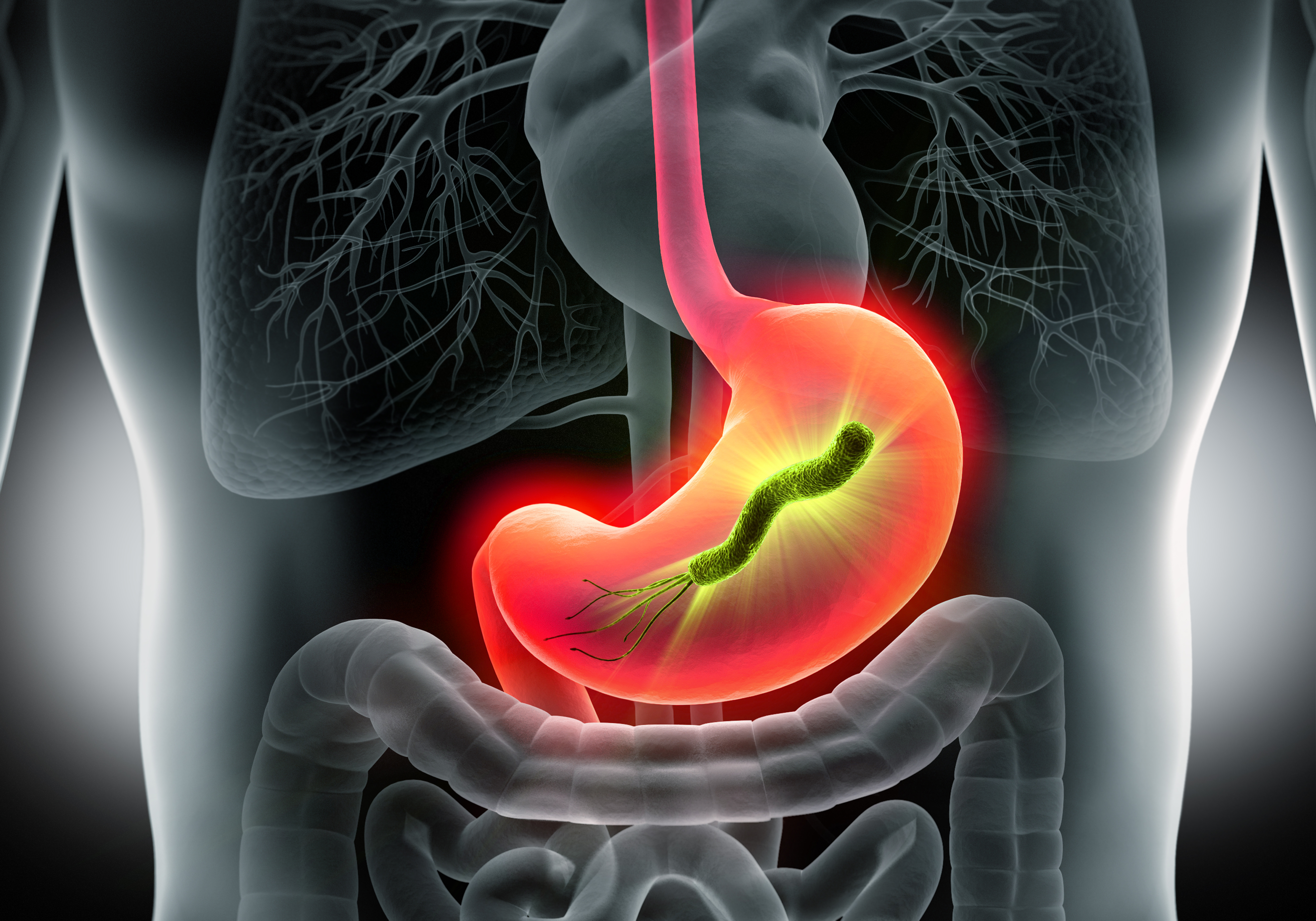Helicobacter Pylori: It's Incidence and Seasonal Variation in a Rural Hospital in USA
Examining Helicobacter pylori Incidence and Seasonal Patterns in a Rural Hospital Setting: A Two-Year Retrospective Analysis

The bacterium Helicobacter pylori has been associated with gastritis, peptic ulcers, gastric adenocarcinoma, and gastric mucosa-associated lymphoid tissue (MALT) B-cell lymphomas (1). In 2005, Warren and Marshall were awarded the Nobel Prize in Medicine for their work on H. pylori (3,4). Its helical shape (from which the genus name is derived) is thought to have evolved to aid penetration and enhance motility within the mucus gel layer (2). Currently, 23 species have been characterized, although this taxonomy is changing rapidly. Urease production is a consistent feature of Helicobacter species that colonize the human stomach but is uncommon among species found in the intestines.
H. pylori organisms are small (0.5–1.0 µm in width and 2.5–4.0 µm in length), curved, microaerophilic, gram-negative rods. H. pylori cells are highly motile, moving with a rapid corkscrew motion, and possess multiple polar sheathed flagella. In fresh cultures, the cells are typically curved or spiral-shaped, while spherical (coccoid) forms appear in older cultures. All clinical isolates are urease-positive, although urease-negative strains have been developed in laboratory settings.
H. pylori has been isolated from individuals worldwide. Similar organisms have been identified in primates, but no other animal reservoirs have been confirmed, nor have environmental sources such as food, soil, or water been established. Current evidence suggests that humans are the primary, if not sole, reservoir for H. pylori. The bacterium has occasionally been isolated from feces, especially in children. High prevalence rates in populations with suboptimal sanitary conditions, such as in orphanages and developing countries, indicate that fecal–oral transmission occurs. H. pylori has also been found in dental plaque, and its DNA can be detected in saliva via polymerase chain reaction (PCR), suggesting possible oral–oral transmission.
Colonization rates are essentially equal in males and females. In developing countries, approximately 70% of children are colonized by age 10, and by age 20, carriage is nearly universal. In most populations, H. pylori is acquired primarily during childhood. Its incidence has been declining in the United States and other developed nations, likely due to smaller family sizes, reduced crowding, and improved sanitation. The differences in colonization rates between developed and developing countries are believed to be due to higher hygienic standards in the former. As hygiene improves, the risk of colonization is expected to decline. It is not yet known whether incidence rates differ between rural and urban communities in the United States, nor has a seasonal pattern been established.
Purpose:
H. pylori infections are widespread, and no seasonal incidence has been reported. The purpose of this study was to examine its incidence in our rural hospital setting and determine whether any seasonal variation exists.
Methods:
Hospital microbiology data were reviewed for H. pylori incidence from March 2005 to February 2007 (24 months). Any seasonal variation in incidence was analyzed.
Results:
From March 2005 to February 2007, 84 patients tested positive for H. pylori out of a total of 1,907 patients tested via CLO-Test (5). The annual incidence of H. pylori among patients tested in our hospital was 4.4%. No seasonal variation was observed.
Conclusion:
The annual incidence of H. pylori in our hospital’s tested patients was within the previously reported range for Western countries. No seasonal variation was found.
References:
Blaser, M. J. (2000). Helicobacter pylori and related organisms. In G. L. Mandell, J. E. Bennett, & R. Dolin (Eds.), Principles and practice of infectious diseases (5th ed., pp. 2285–2286). Churchill Livingstone.
Murray, P. R., Rosenthal, K. S., Kobayashi, G. S., & Pfaller, M. A. (2002). Medical microbiology (4th ed., pp. 291–294). Mosby.
Nobel Prize Outreach. (2005). The Nobel Prize in Physiology or Medicine 2005. https://www.nobelprize.org/prizes/medicine/2005/marshall/facts/
Marshall, B. J. (1989). History of the discovery of Campylobacter pylori. In M. J. Blaser (Ed.), Campylobacter pylori in gastritis and peptic ulcer disease (pp. 7–23). Igaku-Shoin.
Logan, R. P. H., & Walker, M. M. (2001). Epidemiology and diagnosis of Helicobacter pylori infection. BMJ, 323(7318), 920–922. https://doi.org/10.1136/bmj.323.7318.920


